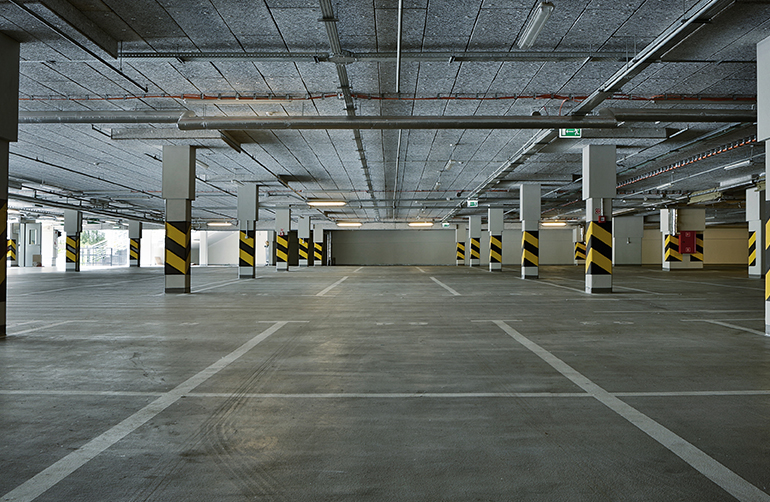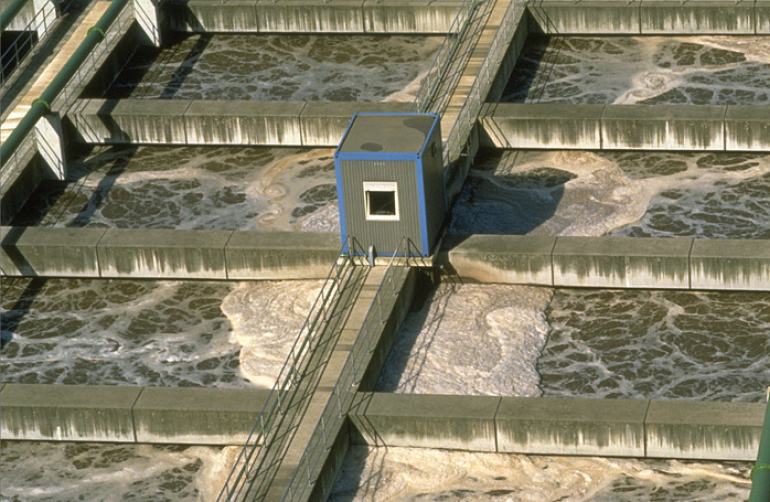GFP Offers Innovative Water Proofing Techniques That Stop Leaks in Concrete Structures Quickly, Effectively and Permanently!
Features:
Fills Cracks Completely
GFP chemical grout can penetrate any crack that will allow water movement, and fill it with a permanent waterproof seal from the inside of the structure to the outside, from the bottom of the crack to the top.
Remains Flexible
GFP chemical grout cures without becoming hard or brittle. This allows it to be compressed or expanded without harm if the crack should decrease or increase in size due to continued movement of the concrete structure.
Forms a Permanent Seal
GFP chemical grout forms an adhesive bond and a compressive seal that mechanically locks with the walls of the crack it fills, preventing water from migrating through the crack. The chemical grout is also extremely resistant to chemical attack.
Safe to Use
GFP chemical grout is safe to install when handled according to safety guidelines. Some grouts are approved for contact with potable water and for use near food preparation.
Stops Leaks In:
Cured or Block Foundations
Concrete Cracks or Joints
Precast Structures
Dams & Reservoirs
Mines & Tunnels
Manholes & Pipe Penetrations

Foundations

Parking Structures

Dams

Subways

Treatment Plants

Tunnels
How Does it Work?
Material
GFP Chemical Grout is designed specifically for sealing leaks in sewer pipes. In its uncured form, the grout is a viscous liquid that looks much like honey or medium-weight motor oil. When mixed with an equal quantity of water, the grout expands and quickly cures to a tough, flexible rubber. Jute fiber (oakum) acts as a reinforcing agent and a densifier. The oakum also tends to reduce cost by decreasing the quantity of PUR required to fill the void space.
Reaction
When PUR is mixed with water, a reaction proceeds through two stages called Foam (or expansion) and Cure, which must be understood and controlled to obtain ideal results. Ambient temperature is the primary variable that affects the expansion and cure times.
Foam, Expansion & Cure
Within fifteen to forty-five seconds after mixing, depending upon the temperature of the grout and mix water, the material will begin to foam. The viscosity of the mix quickly increases as the foam expansion takes place. At the end of the foam time, the viscosity is optimum so that the grout will not readily flow out of the leakage site into the pipe or the soil outside the pipe. If the grout expansion is unrestrained, it may proceed to a completion volume up to 10x the original, unreacted volume of grout and water. However, unrestrained expansion produces foam of lower density, which is less desirable than a more compact product. Oakum assists in retention of the grout to provide such density. The foam stage is followed by the Cure stage. During this period, the material solidifies and forms a cellular rubber gasket which can withstand groundwater loads. After placement, the grout will continue to cure over the next several hours, but within five to ten minutes it has developed sufficient strength to form a barrier against water.
